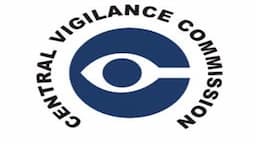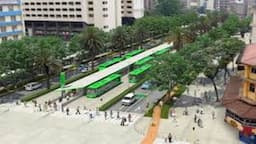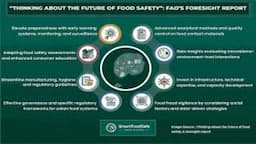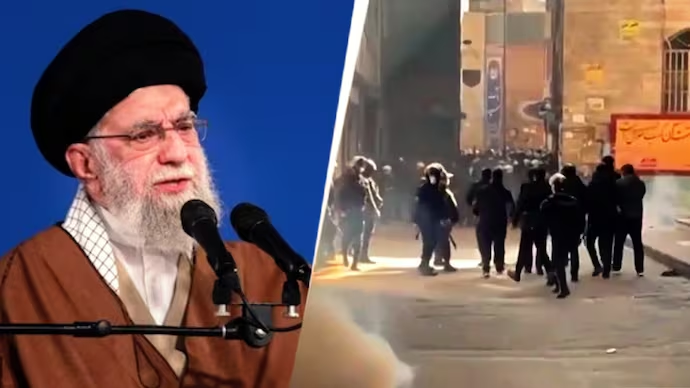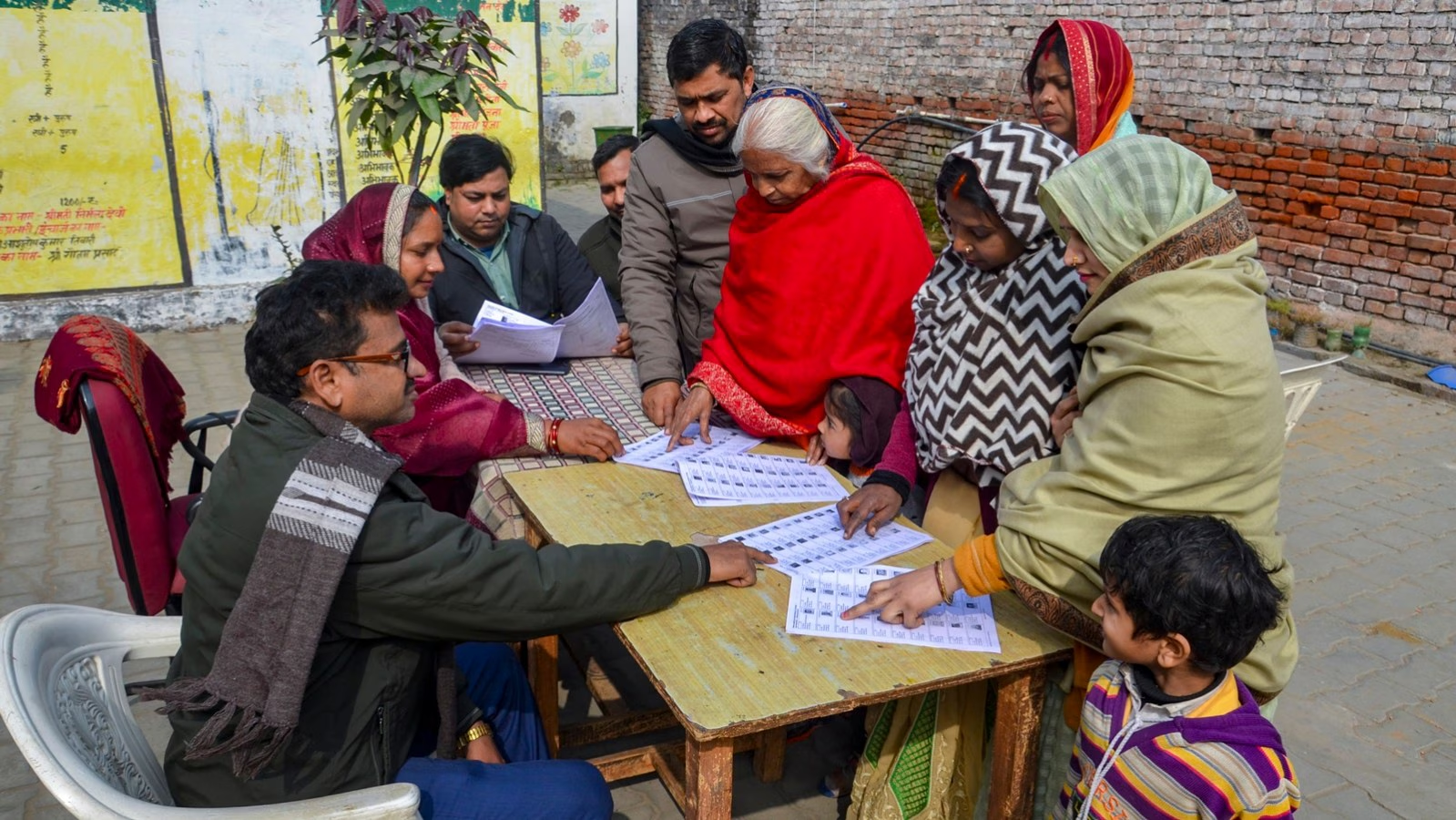The System of Air Quality and Weather Forecasting and Research (SAFAR) stated that the national capital's air quality worsened on October 27, with the Air Quality Index (AQI) standing at 352, which falls into the "very poor" category.
This is worse than the 'bad' average AQI of 255 recorded on October 26. Additionally, the AQI in the Anand Vihar neighborhood surpassed 400, hitting 405 at 7 a.m. and classified as "severe," which is worse than the 367 recorded on October 26.

The Akshardham Temple's AQI declined to 261, and IGI Airport's AQI was 324, both classified as "very poor." Some areas of the city were covered in a heavy layer of smog.
According to Himanshu, a tourist in the capital, the increasing pollution is "suffocating." "It feels suffocating due to pollution... The government should look into what can be done to reduce it," he said.
"We are from Delhi, and we (the cyclist group) cycle daily here, but due to the air pollution in the last few days, we are facing a lot of problems. We can't breathe properly, and we get tired faster because of the pollution. We take precautions like wearing bandanas, but nothing is working because the pollution is increasing significantly," said one of the cyclist group members.
He added that the government's actions do not appear to be effective enough and that they should encourage more people to use public transport.
"The government has implemented measures like stopping construction and introducing odd-even regulations, but they don’t seem to be working as pollution continues to rise day by day. There should be constructive measures to encourage people to use public transport and carpool," he said.
Furthermore, hazardous froth on the Yamuna River in the Kalindi Kunj region continues to be a concern.
Previously, the pollution in the river sparked heated political debate between the Bharatiya Janata Party (BJP) and the Aam Aadmi Party (AAP), with BJP leader Shazia Ilmi criticizing the Delhi government for its handling of the worsening pollution crisis, pointing to the alarming presence of toxic foam in the Yamuna River and the resulting breathing difficulties for residents.
"BJP leader Virendra Sachdeva has fallen ill. Two days ago, he took a dip in the Yamuna River, and today he is in the hospital... This is an issue connected to the health of the public in Delhi. Where have the ₹3,000 crore meant for the public and the Yamuna River gone? The people of Delhi are struggling to breathe... Toxic foam is floating on the Yamuna River," Ilmi said.
The BJP was criticized by Delhi Environment Minister Gopal Rai, who stated that the BJP is responsible for the rising pollution levels in the capital.
"The BJP is the party that creates pollution and seems to believe that only drama can solve it. I think all governments and parties need to work together,” he said.
“I wish them good health, but stopping these theories alone won’t reduce pollution. This reflects the BJP leaders' level of understanding. When I was preparing the winter action plan, I had written to the BJP President, but I have received no response or suggestions so far," he added.
Earlier, Rai wrote to the transport ministers of Haryana, Uttar Pradesh, and Rajasthan, requesting them to stop allowing diesel buses from their states to enter Delhi as air quality worsens.
"I am writing to express my deep concern about the rising air pollution levels in Delhi as winter approaches. A significant contributor to this pollution is vehicular emissions, especially from the large number of diesel buses entering the city from Uttar Pradesh,” Rai stated in the letter.
The national capital's average AQI was recorded at 310 on October 22, categorizing it as "very poor," after which the Graded Response Action Plan (GRAP) Stage II was enforced.
The use of coal and wood, including in tandoors at hotels, restaurants, and open eateries, as well as diesel generator sets (apart from emergency and essential services), is prohibited in Delhi under the second phase of the GRAP.

Considering the AQI, the Delhi Pollution Control Committee (DPCC) announced a blanket ban on firecrackers within the National Capital Territory (NCT) of Delhi until January 1, 2025, in an effort to reduce air pollution levels ahead of Diwali.
The prohibition extends to the production, distribution, storage, and use of firecrackers as well as their marketing activities online.
Depending on the severity of the problem, air quality is categorized into four stages: "poor" (AQI 201-300) in Stage I; "very poor" (AQI 301-400) in Stage II; "severe" (AQI 401-450) in Stage III; and "severe plus" (AQI > 450) in Stage IV.






